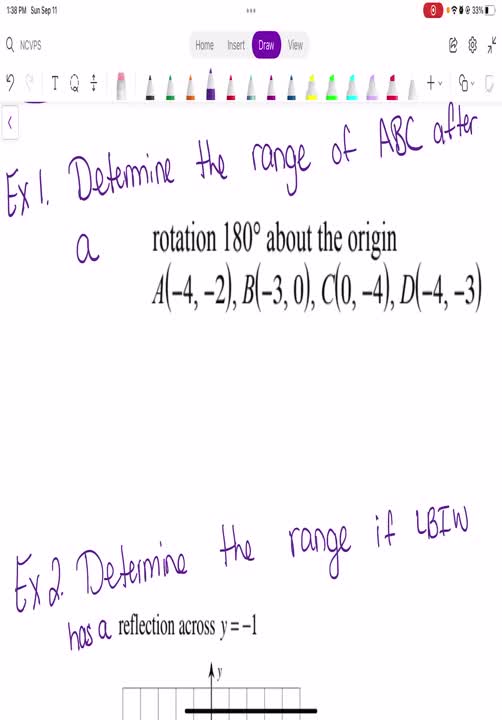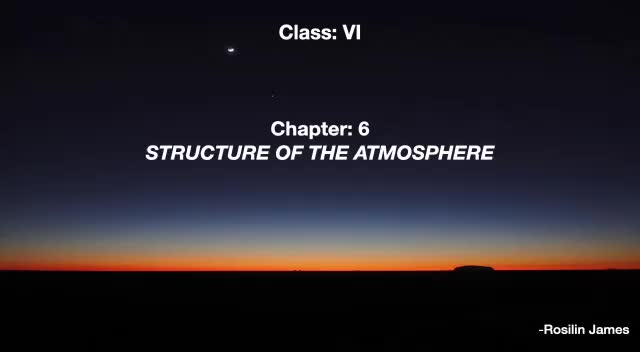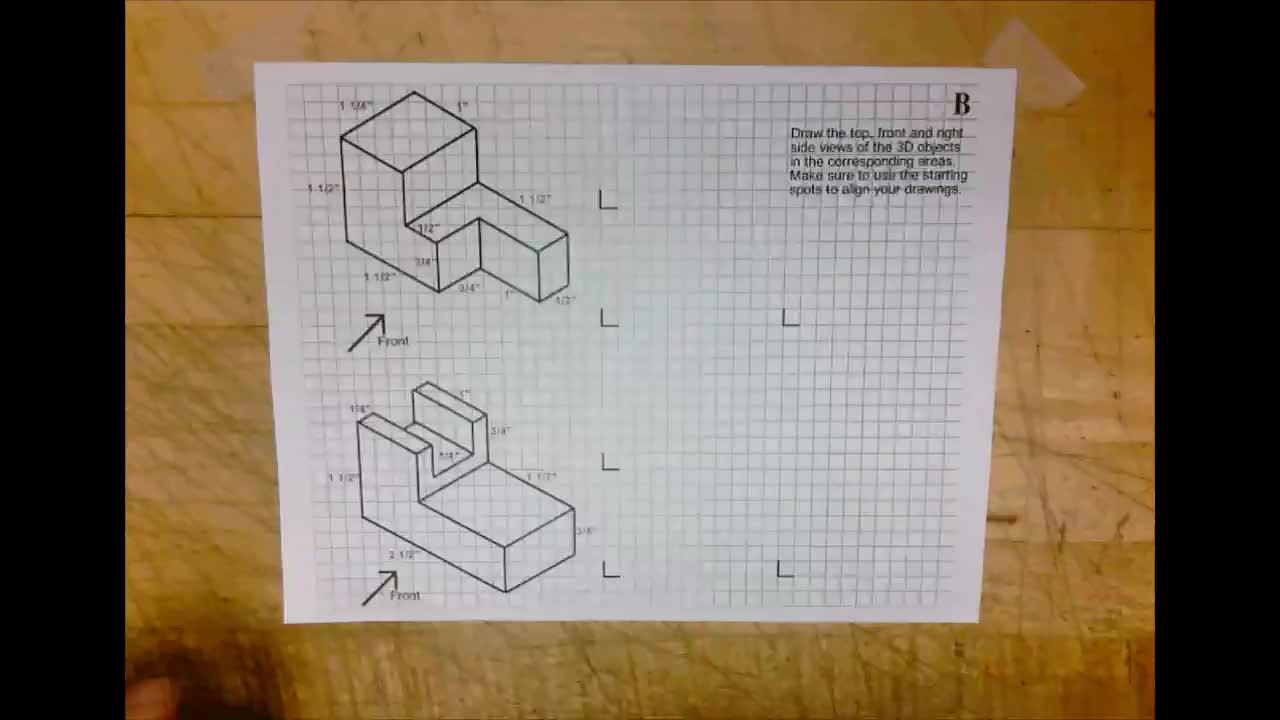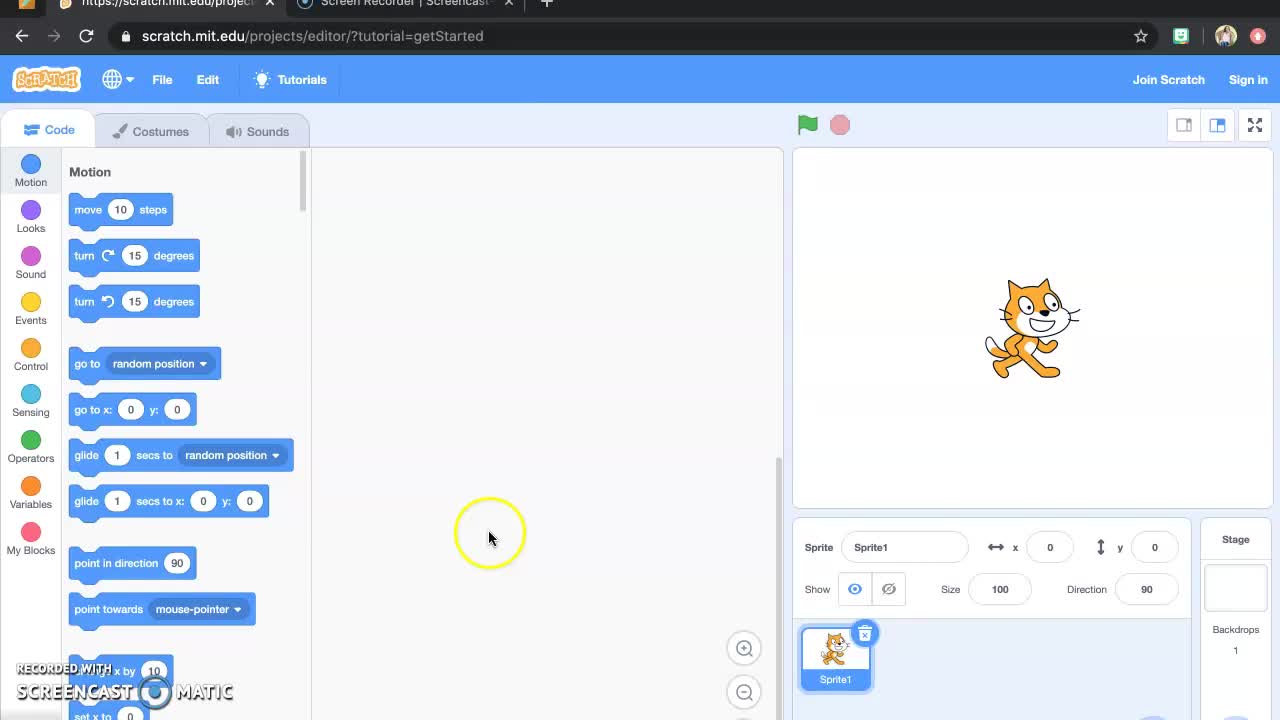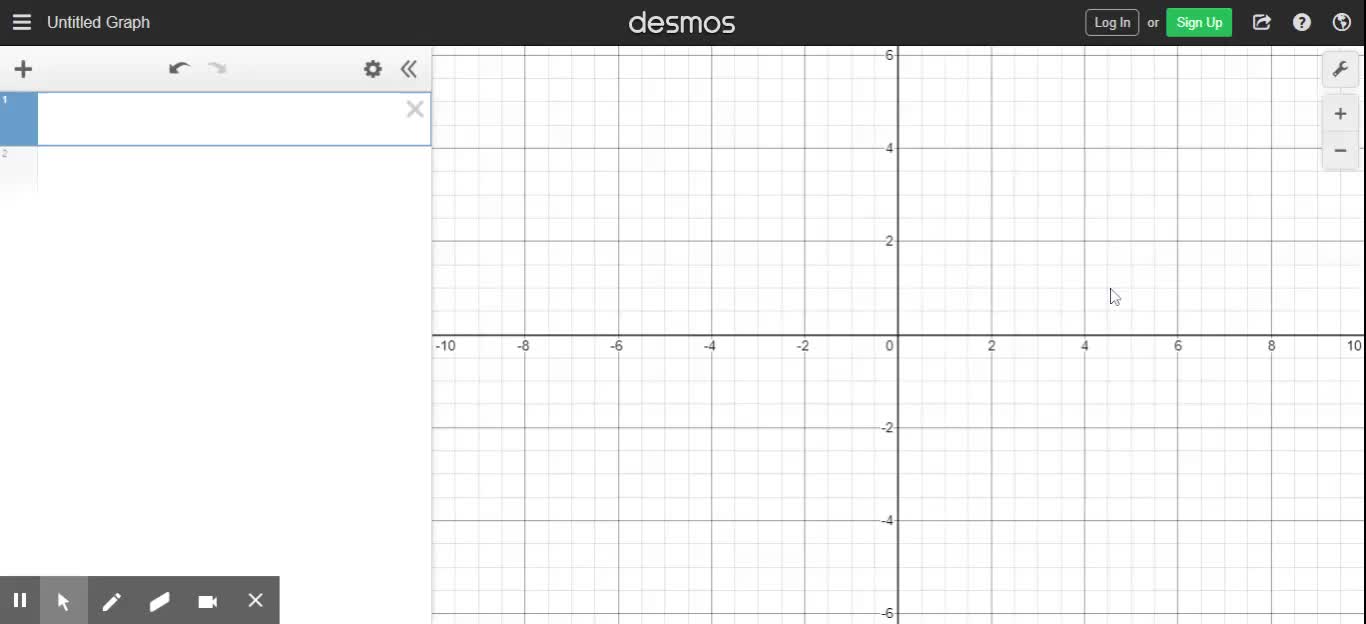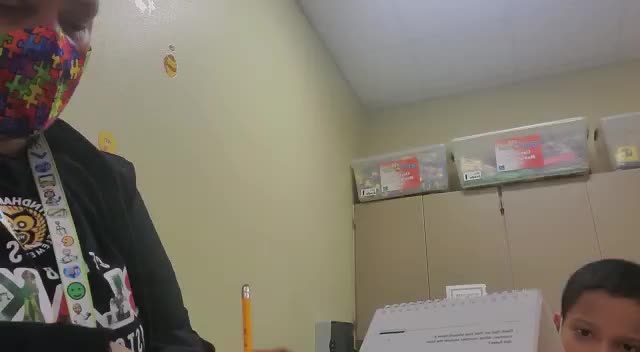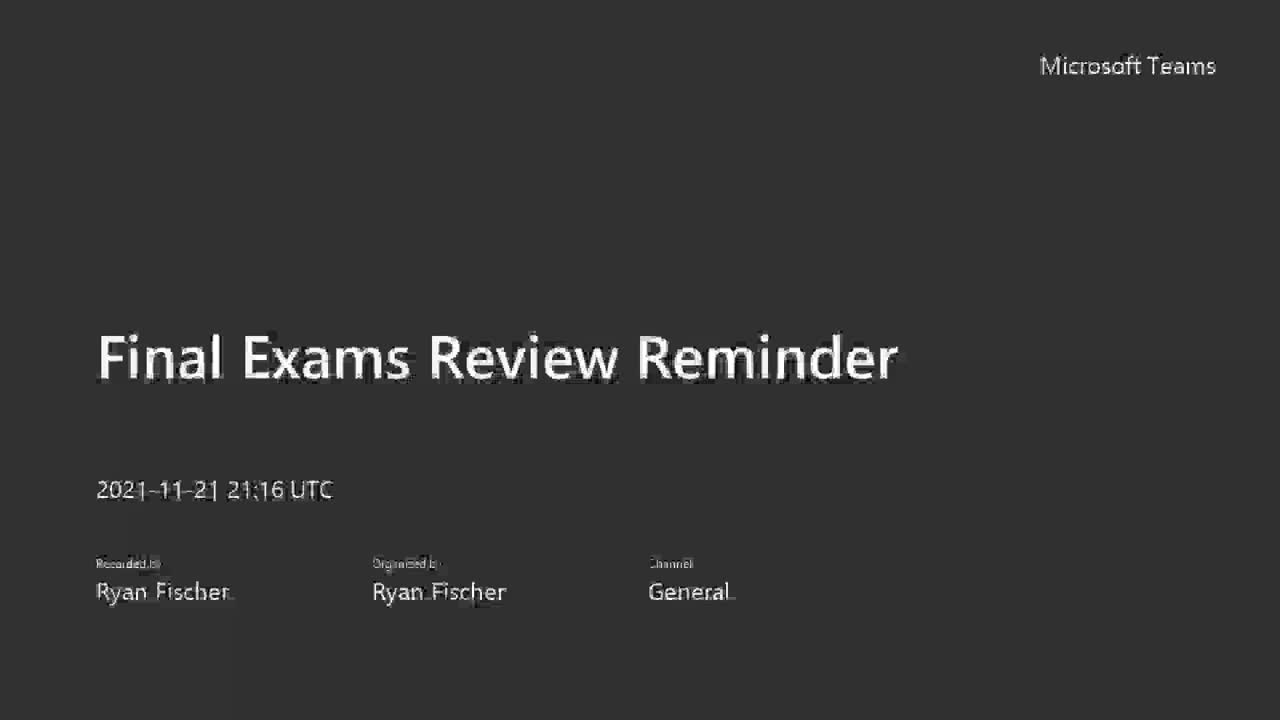Constructions Instructional Video
High School / Math / Geometry
Hey guys, okay, so I want to just go over some basic constructions that have elements involved. And this will definitely help walk you through your construction portfolio assignment. So we'll use this for that. I've also uploaded the we spoke about it in the live lesson, but I created that word document that basically spells it out and says what is required for that portfolio because they did not provide a kind of instructional direction file basically PDF or whatever for the portfolio and it definitely was not in the format that you guys are used to. The totally understand that so like we discussed our I discussed, I guess. In the live lesson on Friday, I did create that word document just to kind of pinpoint. And I also did explain what I'm looking for and what's super important and not important to me. All right, so for those of you that were not there for the construction portfolio, please read over that word document. My main point in you doing all this is the fact of you understanding how to do the constructions and then explain them in your own words because I can not read your minds, although I wish I could. So you're basically when you're putting it in your own words, explaining to me how you think you did it. Okay. You're walking me through your thought process. Basically. The gift wrap itself is just imagine I know you all have seen maybe paint samples at Walmart or whatever, or a fabric sample, okay? It's just a sample for if you were to create gift wrap for a present. But you're not actually making gift wrap, guys. You don't need to do arts and crafts today. It's not, that's not what this is. This is just a C if you can make some sort of cool pattern. And again, not grading you on the artistic qualities of this. It's just a matter of kidney to basic construction, all right? So let's begin. I'm going to start with your angle, bisector, because this is one that they discussed. So angle by sector, and also to see y'all are aware I will be posting a link to a really cool website that I found that actually really does very, very just. To the point showing you a visual of how to do these things. So it's almost redundant to what I'm about to do. But it's fine. This way you can see it that way or you can see it watching this video, okay? All right, so an angle bisector bisector, the and you guys know this by is the prefix. That means too. So you're basically taking an angle like this and dividing it into two, all right? So let's just start with any given point. There's your given point. I just gave it to you. All right? So then what we're going to do is remember you need your compass. I use a marker just so that it's easier for you to see. And a straight edge. Okay. So first things first. I want you to take your point. For me, I need to take the marker. Now, I did describe this in the live lesson, but when you use a compass, just be gentle, notice my hand is kind of sideways. I'm not moving everything all crazy with my hands. I'm going to be very gentle with my movements. If you push too hard, it's going to shove the pencil upper or whatever or sideways or tweak it that you adjust and make the measurement not the thing. Some of them do have locks up here. Mine does not. So let's go from there. So I'm just going to basically go from here. Let's just make any angle we want, okay? So I'll just use my straight eyes. Boom. And this is, again, just Willy nilly. As they say. Just making an angle, all right? Cool. Now, you're going to take, let's just call this point a, okay. So there's some sort of labeling. You're going to take the needle tip. I don't know if that's what they call it, but that's what I call it. And you're just going to firmly push it in, and then you see how I'm doing it sideways. I am going to close it a little bit because that looks a little big for me. For the size of this angle. Gently, just swing it around and make one arc. This is an arc. Now that I've done that, you are then going to do two things. There's points here. Go again for labeling purposes and for me to be able to walk you through it. Let's call this point B and this point C okay? I'm now going to take this much smaller, which means I have to kind of loosen this, pull it up a little bit. And it's a little harder for me because this is a marker and it has different thicknesses. But who cares? All right. So what you're going to do is keep this distance, okay? Move your paper, guys. Don't try to move the compass in your hands so much because again, that's where if you're trying to keep a measurement like this, if I keep moving my hand or pushing things around with my hand and all that, it's going to adjust that thickness and that width and we don't want that. So move your paper if you have to like this, all right? So I'm going to go to B, whatever is easier for you. To keep that measurement the same, because I don't have the lock. And sometimes I hold it up here. This, like I said, like this. It's more in your wrist. Okay? So I'm going to plant it into the B and I'm just going to very gently make a little arc. And if you're guessing, yes, now I flip it and do the same thing with the C point. And if you know where I'm going with this, I am now going to select this point where they intersect. Meaning crossing, you should know that by now. We're going to call this, you guessed it the and now all you got to do, take your straight edge, and connect a, to D, boom, we just made a bisecting angle. Which is bisected at, see? Now it's two. That's it for that one. Good job. All right, let's move on, okay? Good job. All right, now we're going to do congruent, which means same, fancy word for the same, but congruent angle. Honestly, this is one of the easier constructions. So remember when you're making your quote GIF wrap sample, you're just doing it on a piece of paper. And if you're. Including what I need to see as far as showing your work, then you could do it on the computer. Drawing like using lines or whatever, whatever program you want. I don't care if you even use PowerPoint. As long as you're showing me how you're doing it though, and explaining in your own work, okay? So I really want you guys to understand that you don't need a whole bunch of materials. You do need a compass and you will need a protractor later, but right now you really need a compass and a straight edge, okay? All right, let's look. So let's pretend we have some random 8. Right? It doesn't even matter. We're just going to copy it. Congruent. Copy. Think about the C, all right, when we see the word congruent, sometimes terms can throw people. There's lots of terms and math, just like there's lots of terms and science. I personally never had a good memory still don't. So I always come up with these little ways of remembering things. Like I have one for supplementary and complementary angles, which I will tell you later. But right now, congruent, think of the word copy. Same, you're copying it, right? Think about that. So now every time you see that C, hopefully you'll think of, oh yeah, this deal says to see copy congruent. Okay, we're just copying them, right? All right, so here's our given angle. Boom, given. If I just gave it. We're going to copy it. So the first thing we do is basically just it doesn't even really matter. We're just going to make a line because now we need to copy that same whatever this angle is here, right? All right, so let's do it. It's actually like super easy. Okay, so I'm going to take my needle, right? I'm going to put it on here if you want, I can label this a I'll label this one D for fun. Okay. I'm going to go like this. I'm just going to do remember very soft. I'm going to make an arc. I'm then going to make another arc. Notice I did not change my measurement. Right? Now, this is actually you're going to be like really. That was that simple. Okay. So I'm going to come right here and the reason why I did the you'll find out, this is B this is C that's why I did the all right. I'm going to put the needle right here on the B and measure it down to where the C is. Do you see what I'm doing? So I made that same width. Right? And then I'm just going to go like this to make sure that it's hit in there. Then what do you think I'm going to do? You got that. I'm going to make this E and I'm going to put it on the I did not adjust that. If you do adjust that, it's not going to be congruent. Right? That's the whole purpose of what we're doing. Very gently guys. If you push too hard, it's going to open this. Or close it. Now, that's it. This is F take you straight edge. Like this. And go from the main angle point and boom. We just made congruent angles. Easy peasy, right? Okay, I shouldn't say that you guys are too old for that. All right, so that is congruent angle. Good job. Hold on one second. Let's move on. Honestly, I think I lied. This one's even easier. It's congruent segments. What's a segment? If you set a line segment or section of a line, you're right. And remember, what is this you mean? We're copying it. Congruent segments. Think of the word section, okay? Because it's not an ever going line. Remember guys, if you see a line that goes like this and it has arrows, that means it goes on for infinity in each direction. But if you have points on the end, this is called a segment. All that means is the section of the line. It's not infinite, right? That's all that means. Like I said, terms or terms in honestly, sometimes it's just very overwhelming, because you get so many terms. But if you have ways that you are now going to close your eyes and be able to remember me writing it like this and remember me underlining certain letters, you're going to then remember what they mean without having to memorize so much to make sense. I always use little tricks like that. Like I said, if memory is something that's hard for you, which always was for me, this is why I want to teach math, because I want to give people the ability to realize that you can do math and you can be excellent at it, even if you don't have a good memory. Support, just supporting you. All right, so what we're going to do is copy a line segment so I'm just going to make one who cares just their given, right? A, B, done. Now, all I'm going to do is this you're going to laugh because it's so simple. Here's my point C, I just need to copy that exact thing. So what do you think I'm going to do? Handy dandy notebook. That was it. That was a very old joke of blues. Okay, but anyways. Handy dandy compass. I'm going to go to the west. This is so silly because it's so easy. I'm going to go to the west right here. See that? And literally go like this. And that's it. I'm just going to put this point here. And. Done. Sorry, I made a crooked one first. But as you can see, I'm human too. Okay, that's it. That's copying and congruent. Not pretty, but it's done. No problem. Like I said, hey, we're all human. I just want to make sure that it's enough space so that it doesn't confuse you when I do it, all right? So it's neat. Like I just said to do neatly. So I'm going to put it down lower, all right? So here's my because remember, equilateral triangles have equal sides on all three sides, okay? So here's ABC. We just need to find whatever that is. And it has to be the same length as these. So what are we going to do? Take our compass. Put it. Oh, that's weird. Put it to the width of your line. Segment, I'm going to very gently go here, then I'm going to flip it, put the needle on the other point, very gently do this. If you've guessed, I'm going to make a new point C and then what do you think I'm going to do? You got it. I'm going to take my straight edge and connect a to C, by the way, a line segment is written like this. With just a little line up here, right? Just so you know. All right, then we're going to go like this. Done. How easy was that? See what I mean? It's kind of fun. And honestly, I kind of like geometry so much because it applies to real life. You don't think it does, but even if you're not one of those and I've said this in a while I've lost and even if you're not one of those fancy people and or whatever you want to call, maybe they're not fancy. I don't know. But if you don't have contractors and you're not building in addition to your house, who cares? At some point you're going to use geometry where you need to find the volume or the perimeter or area of your yard or your wall or you need to patch up something or fix something in your house. At some point in life, we'll be measuring things. It's spatial. Meaning it space, it's physical hands on. It's legit. It's real. It's relatable. Geometry is very relatable. All right? All right, let's move on. You guys are doing awesome. Hang in there with me. All right, let's do the next one. Let's see. All right, guys. This one's going to be like a lot more involved. Okay. So this one is a parallel line, which you guys should know what that means. All right, no matter how far apart they travel, they stay the same distance apart, right? That's a parallel line. So parallel line. Through a point that's not on that line. Right? I'll show you what I'm talking about. Very long description here. Is there a point? Not. On that line, or they word it the line. Now, I'm sure you'll notice and I did mention this in the live lesson. I like to show you the ways that they're doing things in your actual lesson because yes, there's multiple ways of doing things in math. That's another reason why I like that. But I want to show you what they're talking about because otherwise, like when they do the quizzes or whatever, you're going to be like, what? That's not how they did it, right? Okay. So let's just start with a given line. And I'm just going to give it the boom. A line. Right? We're going to just mark a point a, all right? Now, there's going to be a point up here. I'm going to call it P for parallel. Right? That's your point. That we're going to make a parallel line through that is not on this line. Makes sense so far. Cool. All right, now what we do next is this. All I'm going to do is take my straight edge, right? I want it to make an array basically array is just a part of an angle, right? Okay. It's one of the lines of the angle. So I'm going to make a ray that passes through a on the line, but also this point that we're trying to figure out a parallel line for, okay? So just line that up. And boom. Okay? Next. All right. Now, something we had actually just we just did this was copying an angle. Remember, congruent angles, or corresponding angles. Again, with the C, right? Copying. Congruent. They equal each other that they're saying. All right, so what I want to do is just put my needle here on point a, I'm going to close this a little bit, big enough to where it'll touch both raised. All right? And just gently, oh my goodness, see what that was a good example right there. How that happens. All right, so gently make your arc then. I want you to see this point in this point. Now, with out adjusting this thickness, I have not adjusted that with. I want you to come up to P and secure it, and then like I said, if you have to just move your paper so that you don't do what I just did, which is that loveliness. You could just move the paper and hold firm with the needle. Does that make sense so far? No. Why did I do this? Why am I copying and making congruent or corresponding angles? Because we're going to be making this fictitious parallel line that will eventually become reality, right? Right here. But the only way to make sure it's not even slightly crooked and it's exactly parallel is to make sure that the angle, which is in here, right? In here, that these are chorus bonding, congruent equal angles. If these two angles are identical, right? Then we know that it's a parallel line. Or parallel lines, right? That makes sense so far. Guys, you're doing good. Stay with me. All right. So now what we're going to do is best. I want you to find the width, okay? Of this angle. So like this. Do not adjust it, yes, I have marker on my hand. Do not adjust it. You're going to come right up here, and I'm actually going to make it. This gently. Very gently. But you see where it crosses right here? That's going to help us. And if you can imagine what we're about to do, we're going to make the parallel line now. Okay. All right. So I'm pretty sure you guys figured this out now. This intersection is the point where we line these two up, right? And make our parallel line. Okay? And that's that. Let's move on. You guys are doing really well. Okay, guys. Hang in there. We only got a few left, all right? So next I'm going to do, and this one's easier. The perpendicular at a point that's on the line, right? So let's just draw a line. Yes, I will write what we're doing. What does perpendicular mean? I ask this in my lesson and I didn't get much response. So, since you can't hear me, I mean answer me. Perpendicular means 90 degree angle, right? Perpendicular line, at a point, as your point. On the line, notice it's on the line. Cool. We've established what we're doing. Right. So here we go. All right. What I'm going to do is start here. Now. Compass time. I'm actually going to make this a little bit longer. All right, here we go. We're going to go like this. Just to make it a little bit longer, so I can do both sides now. I'm just going to take a thickness, right? But I can not change that thickness. So I'm going to very gently go like this. Now what I keep saying to you guys is just turn your paper easier. See that? Okay. Now, now that we have two equal, all right, I've made basically two new points. All right. Now what we're going to do is then keep that same with or if we want to, we can make a longer. Let's make it longer. Let's have a little fun here. All right, I'll make it a little taller. All right, but don't move it again. We have to keep that same one. Ready? Here. Then come to this one. Notice I'm just turning the paper because to me, that's easier. I always gently sideways kind of move this thing. Remember? Now, we have your point right here. Remember, 90° angles, right? That L shape, boom. And you know it's usually symbolized with this. Little chair based always think that was a little chair. A little precious in there. Yay. I'm here to perpendicular. Okay, I'm kidding. All right, so that's how you do that one, right? See, that one was super easy. Moving on. All right guys, this one's not too hard either. Ready? Where you focus that hopefully? All right, we're just doing a perpendicular bisector. Honestly, this is one of the easier ones. What is perpendicular mean again? You guessed it. 90°. All right, we're just making a perpendicular thigh sector. All right. So again, just to remind you about the portfolio, when you're doing this, whatever gift wrap design that you're going to make, remember, you don't need to be fancy. But first of all, what is asking you is it for a key, the key is just because what if you did a triangle, which is something we did earlier, right? Let's say you created an equal lateral triangle. But then you also did a bisector, a 90° perpendicular bisector of it. See what I mean? That's actually two elements of those constructions. Make sense. That's what they mean by elements, construction, blah, blah, blah. So you could just label number one with a little circle. Number two, near the perpendicular and a little circle. And then in your key or your legend, just like on a map, you would write number one, equilateral triangle. Number two, perpendicular bisector. See what I'm saying? All right, cool. All right. Start with your basics. You have a line. We're going to perpendicular bisector it. And that means 90° angle, okay? Simple. We're going to go like this. Ready? Stay with me. All right, so we're just going to get our handy compass, right? I want you to pick a point. That's a little bit more than we'll start here on the let's just make a definitive point right there. All right, so you have somewhere to put the needle of the compass. Go a little bit more than halfway. But be gentle, okay? You're going to want to turn your paper. You're going to do one this way. But also under it, okay? Now do the same thing on this point. Right? Like this. Here, gently here, all right? Cool. Now it's these two points. If you've guessed this already, this is how quick this construction is. Do you see what I'm saying, guys? It's not going to take you long to do this stuff. It's more time consuming for you to type out in your own words how you did it. And that's fine. I mean, that's just part of life, guys. Then you've got your little chair because it is an 90° angle. Here's our guy again. He's happy. All right, that's it. Perpendicular bisector. Done. Okay. So this one is very similar to what we just did, except there's already going to be a point given in addition to align segment, okay? So here's our line try to make it as long as I can with this tiny ruler. All right. And here is the random point that we're given. But it's not on the line. Notice that, okay? So we're basically trying to stay perpendicular, which, remember that, it always means 90°. It's going to be going through that point here, not just somewhere over here or here, right? Okay, cool. So get your compass. First thing you're going to do is put your needle of your compass on that point. You don't need to make it too big because you want to make sure that you can cross on both sides to create two points on your line segment. Very gently go like this. Yes, I turn my paper. It's easier. Now I've created, right? Here I'll get it up there. Two points. You guys see that? Good. Okay. Now from the compass, what I want you to do is you don't need to make it too big. So I didn't make it a little smaller. Just what do I always say? Make sure you don't change it. You're going to put it at this point here. And here, we're going to make it down here and just gently cross here. And then you know I like to turn the paper because it's easier and more accurate. And then I do this. Right? Now, what do you think I'm going to do? If you said this, you're right. Now, what do we do? We bisect it. And boom. 90° angle in our little guy. You guys are always going to be drawing guys on your perpendiculars. All right, so that's that one. Easy peasy, right? All right, hold on. Okay guys, this very last one that I'm going to show you is the most involved. But not hard. Just more steps, right? So stay with me. We're going to make a quadrilateral, which you should know, quad, means four, right? So that means like a square rhombus or a rectangle. In this case, let's just do a square, okay? All right, so quadrilateral with at least one set of parallel lines. Well, usually guys, a rectangular square is going to have at least parallel. Now why they're saying at least one is because picture this kind of a shape. Right? These lines are not parallel. They're angled. But these two are, right? That's what they mean. That's why they're saying with at least one pair. So I'm going to say with one pair. And in my case, as long as you have at least one pair, I don't care if you have two. So we can do the square, all right? With at least one pair of parallel, which means the angles are congruent. But I'm going to show you easy way to do it. Ready? What the fun begin? Okay. So we're given a segment. Boom. Now I'm actually going to use a little bit of a different color here, not even a little bit. It's pretty drastic, actually. All right, we're going to extend the line. I want you to extend this lens segment, boom, like this. All right? Now. All right. So now that we've extended the line here, I want you to just choose a distance like this, okay? Actually, I like that distance. That worked. Now, make sure you're pushing your needle in there. And do not adjust it. Remember, I say that. Gently go like this. And then just turn it, you know, I like to usually turn the paper. And go like this. Makes sense so far with me. Now, we have two new points, right? Open this up a little bit. Okay, so it can least come above this point. You're going to start here and just gently cross and then you know I like to do this way. Gently cross and now what do we have? Yeah, let me move it up. What do we have? If you said that we have a point here now that can become a perpendicular bisector, you're correct. So go ahead and just draw that line, and yeah, draw your guy. All right. Now, what we're going to do next, because we're trying to make a square. I want you to go to the green portion of the line. The original line segment, and I've just drew marker all over myself, don't make fun of me guys. I look like I'm in kindergarten. She's look at this, okay. Anyways, you're going to start with this line segment here, and I want you to measure the width of this green portion and then come over to this part where our little guy is hanging out and come up here and draw a line. I can't change the marker right now color. So make sure you really know which line we're talking about this middle one. Then. You're going to put it right here. So we just made that line. Let me make sure you guys really see it. It's right here. Don't look at this X, we already did that part, right? That intersection. So it's right here, right? That's where you're going to put your needle. You're going to put it right here. Do not adjust the width. I have not adjusted it at all. Gentle arc, then come back to our original point and do that again. Very gently. Now's the fun part. And the end of this. Okay? I'll use the green. All right, so now we have, how many points? One, two, three, four. Do you guys see it? All right, so take your straight edge. And connect. Here and here. Boom. Here and there. And for a sense of you guys kind of seeing it even more. I'm going to do something for you just, y'all. Which is because we're done. You guys did it. I'm going to highlight it in yellow just so you guys really see this. Okay. So because it was off the screen. All right, so for you guys, I just want to do this one time. Yellow. Yeah. Yellow. That one was not that impressive. Boom. We did it. And guess what, guys? That was all the constructions I wanted to show you. So those are all the ones that you should have known about knowing how to do, you should definitely know how to do them now. To do your portfolio. So go for it, remember what I always say. You can always web mail it to me. If you can't, if there's issues with reuploading it or you can't get in touch with me for me to reset it, who cares? Just what mail me to send it to me in web mail and I'll regret it, okay? Like I said, when you guys are putting in all this effort, it's not about the art part. It's about seeing that you can do the constructions and themselves. And it's about you putting it in your own words. All right? Good luck, guys. Talk to you later.
